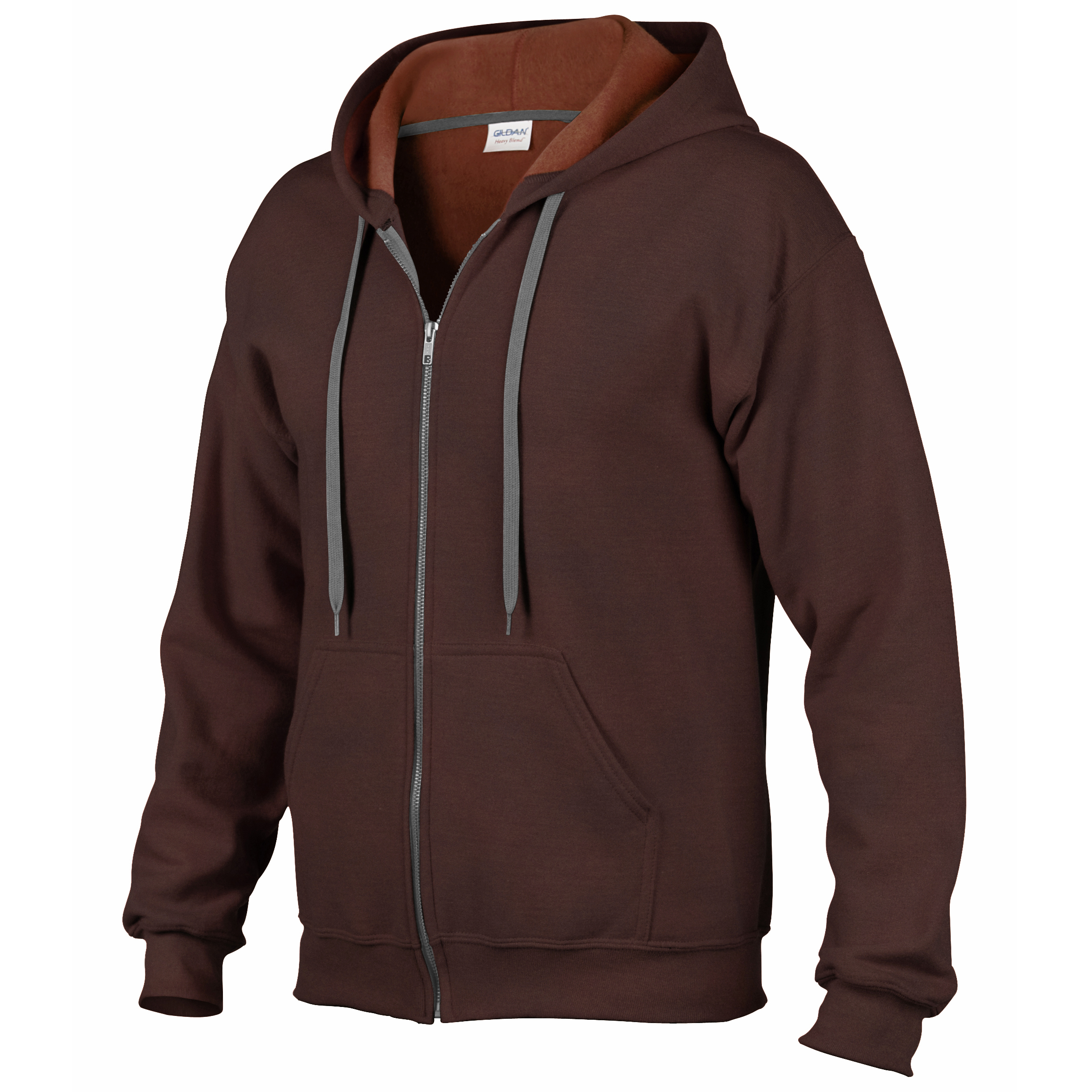Sweatshirts are long-sleeved pullover shirts that are typically constructed from thick cotton fabric. They are typically worn as casual clothing, and are not as formal as sweater s or cardigans. They do not usually have a hood. If you're interested in buying a sweatshirt, here are a few tips:
Norma Kamali spread the appeal of sweatshirts
Since the late 1970s and into the late '70s, Norma Kamali has transformed the basic sweatshirt into an art form. Her designs have become the staple of almost all women's wardrobes. Her distinctive designs vary from a tummy-tucking neck to leather-paneled sweatshirts. She has also created clothing with unusual forms, such as tanks with a long trumpet skirt.
The collaboration between the designer and sweatshirt manufacturer Everlast gave rise to her Timeless line, which was an instant hit when it debuted in the spring catalog of Spiegel. The collection was made up of knits that could be interchangeable or convertible in classic shapes and a lot of pieces were priced at less than $20. Even even if Norma Kamali's Timeless collection wasn't available in stores, customers could still find these designs for sale on eBay or Poshmark.
Merino wool sweatshirts are more comfortable than soft sweatshirts.

Merino wool is known for its ability to remove moisture that help keep you comfortable and dry. It is a natural fibre that also offers a smoother and more comfortable feeling. It also drys quickly compared to other natural substances. Additionally, merino is a renewable resource. The merino sheep shed coats every year and regrow new ones.
The weight-to-heat ratio of merino wool makes it an ideal material for sweatshirts. It helps to regulate body temperature due to its loft which naturally traps heat between the fibers. This is the reason Merino wool sweater s are ideal for outdoor and summer activities like hiking, mountain biking, and running. sweat shirts provide keeps the wearer well-hydrated and cool, something that is crucial when working out.
Zip-front hoodies have kangaroo pocket
Kangaroo pocket Hoodies are a very popular type of hoodie. They have a huge pocket in the front, which helps keep your hands warm during cold days. They are much more practical than traditional pockets because they permit your hands to slide in and out effortlessly.
Kangaroo pockets are typically large enough to hold a wallet or some other smaller personal items. They are commonly long enough to fit a small hand or even large enough to accommodate two hands. They are wide on either side and are ideal for carrying small objects.
French terry fabric is a well-loved fabric for sweatshirts
The French Terry fabric is composed of soft yarns knit into loops and is usually mid-weight. It is also famous because of its capacity to absorb away moisture and is pre-shrunk. French terry is a great option for sweatshirts as it will keep you warm when you're in need and also keeps your cool when you want to cool down.
French Terry is also popular for loungewear, since it has enough stretch and flexibleness to feel great against your skin. It also allows air to circulate through the fabric, which makes it perfect for layering under other clothing. Additionally, since it is lighter than other sweatshirts that you can wear all through the year without feeling too either cold or hot.
Hoodies have classist connotations
Although it might appear that hoodies are simply an appropriate attire item for people of the working class, the reality is that they are a symbol of class. Hoodies first became popularized in the early 1970s in New York, where graffiti artists wore them to conceal their identities. In 1976, hoodies made their major appearance in the film "Rocky," when the working-class main character was seen wearing hooded gray sweats on his famous climb up the steps of the Philadelphia Museum of Art.
Hoodies are usually associated with death, destruction and other negative things, but they also serve practical purposes. For instance, priests and monks might wear hoods in order to display the proper manner of dress and to focus on their inner self.
